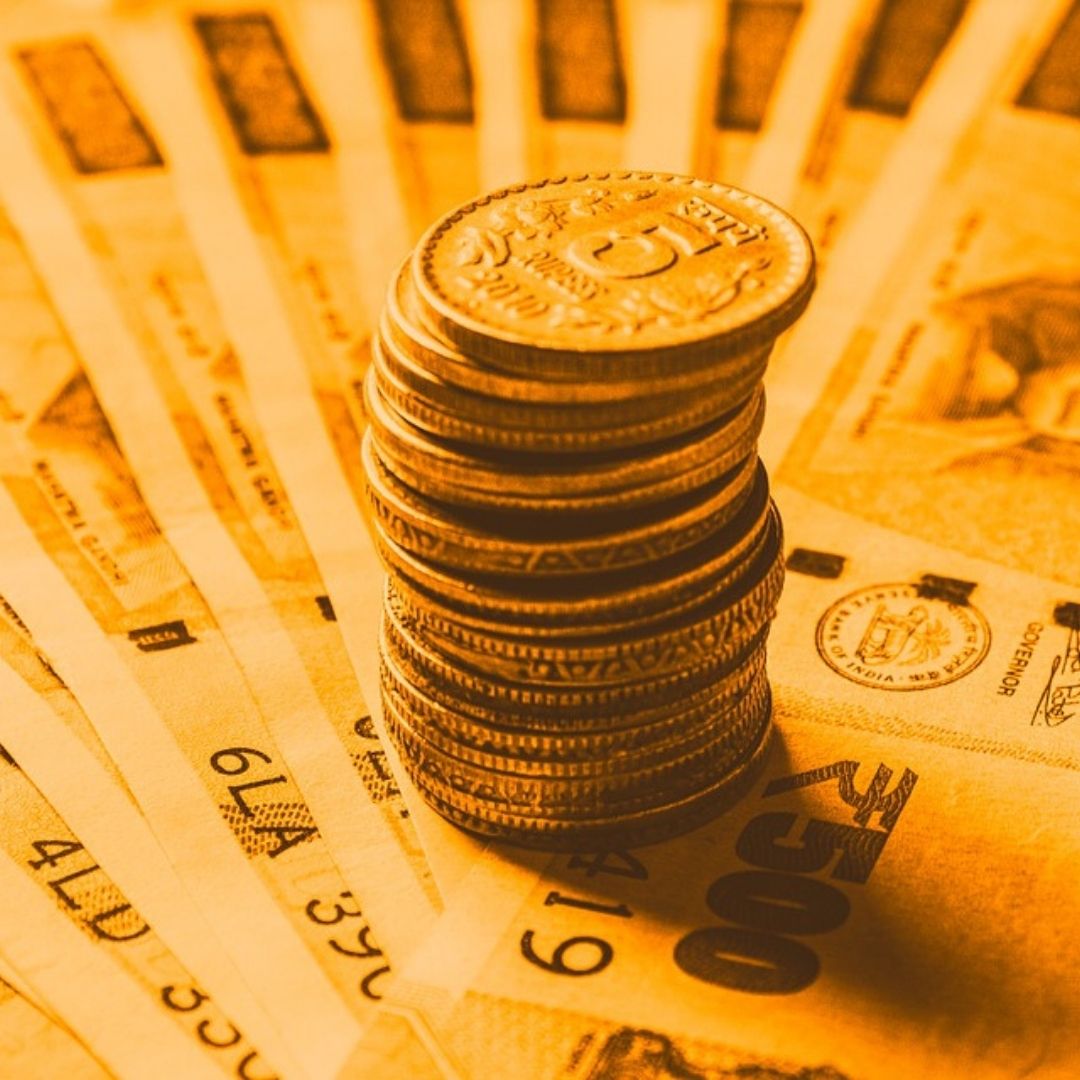
Image Credits: Pixabay
Evolution Of The India Rupee: How The Currency Has Changed Over The Years?
Writer: Tashafi Nazir
For most people, journalism sounds hectic and chaotic. For her, it's a passion she has been chasing for years. With an extensive media background, Tashafi believes in putting efforts on presenting a simple incident in the most interesting way.
India, 27 Sep 2021 2:43 PM GMT
Editor : Madhusree Goswami |
A mountain girl trying to make it big in the city. She loves to travel and explore and hence keen on doing on-ground stories. Giving the crux of the matter through her editing skills is her way to pay back the journalism its due credit.
Creatives : Tashafi Nazir
For most people, journalism sounds hectic and chaotic. For her, it's a passion she has been chasing for years. With an extensive media background, Tashafi believes in putting efforts on presenting a simple incident in the most interesting way.
India has been one of the earliest issuers of the coin globally, along with the Chinese wen and Lydian staters. Bank of Hindustan, the General Bank of Bengal and Bihar and the Bengal Bank were among the earliest issuers of paper rupees.
The history of the Indian rupee dates back the 6th or 7th Century B.C. The silver coin, which initially weighed 178 grains, was minted in northern India by Sher Shah Suri during his tenure between 1540-1545. It was later adopted and standardised by The Mughals. Till the end of the Mughal Empire in the 20th century, the eight of the coin remained unchanged.
According to Wikipedia, India has been one of the earliest issuers of the coin globally, along with the Chinese wen and Lydian staters. Bank of Hindustan, the General Bank of Bengal and Bihar and the Bengal Bank were among the earliest issuers of paper rupees.
The coins used during the Mahajanapada kingdoms came in irregular shapes and standard weight. The Saurashtra coins had a humped bull imprinted on them, while the Dakshin Panchala contained Swastika symbol markings. During the Mauryas' period, punch-marked coins came into effect and they contained stamped bars of copper, silver, and gold. Then came the custom of printing portraits of mythological deities by the Indo-Greeks, as per Olive Board.
Later in the 12th century A.D., the Turkish Sultans of Delhi replaced these designs with Islamic calligraphy. The Mughals consolidated the monetary system for the entire empire from 1526 A.D. It was Sher Shah Suri, who after conquering Humayun, issued a silver coin called 'rupiya'.
British Era
In 1835, the Coinage Act was introduced and the uniform coinage came into existence. After gaining control of the princely states, the Britishers replaced the images of the medieval coins with the portraits of the Monarch of Great Britain. Moreover, King George VI replaced the designs on coins and banknotes and introduced the term 'Rupee'. After the Reserve Bank of India was established in 1935, the Indian currency notes were issued. The first paper note that the top bank issued was a five-rupee note in 1938, having a portrait of King George VI.
Post Independence
After the country achieved freedom and gained Republic in 1950, the modern Rupee returned to the signature design of the Rupee coin. Post-independence, the first banknote printed in India was a one-rupee note.
The Reserve Bank of India printed currency notes with the picture of Mahatma Gandhi. These notes are still in use and come with enhanced security measures, besides tangible aids for visually impaired people. However, the use of high-denomination notes of ₹ 5,000, ₹10,000, and ₹ 1,000 was hampered as they were being used in illegal transactions. After the demonetisation in November 2016, ₹1000 and ₹ 500 notes were replaced with new banknotes of the same value. An addition to the denomination has been the 2000-rupee note.
Also Read: Remembering Ishwar Chandra Vidyasagar, The Father Of Bengali Prose' On His Birth Anniversary
 All section
All section














